
How Kind Voice Technique Helps with Attachment
Last week** was the start of Module 3 and the sixth of twelve live meetings for the Professional Certificate in Brain Health Program teaching the 9 Skills of the Wizard Brain (technically known as the 9 Functions of the Prefrontal Cortex in interpersonal neurobiology).
**since this post was written the program has now finished and will start again on Sept 2025.
I started the class with this slide
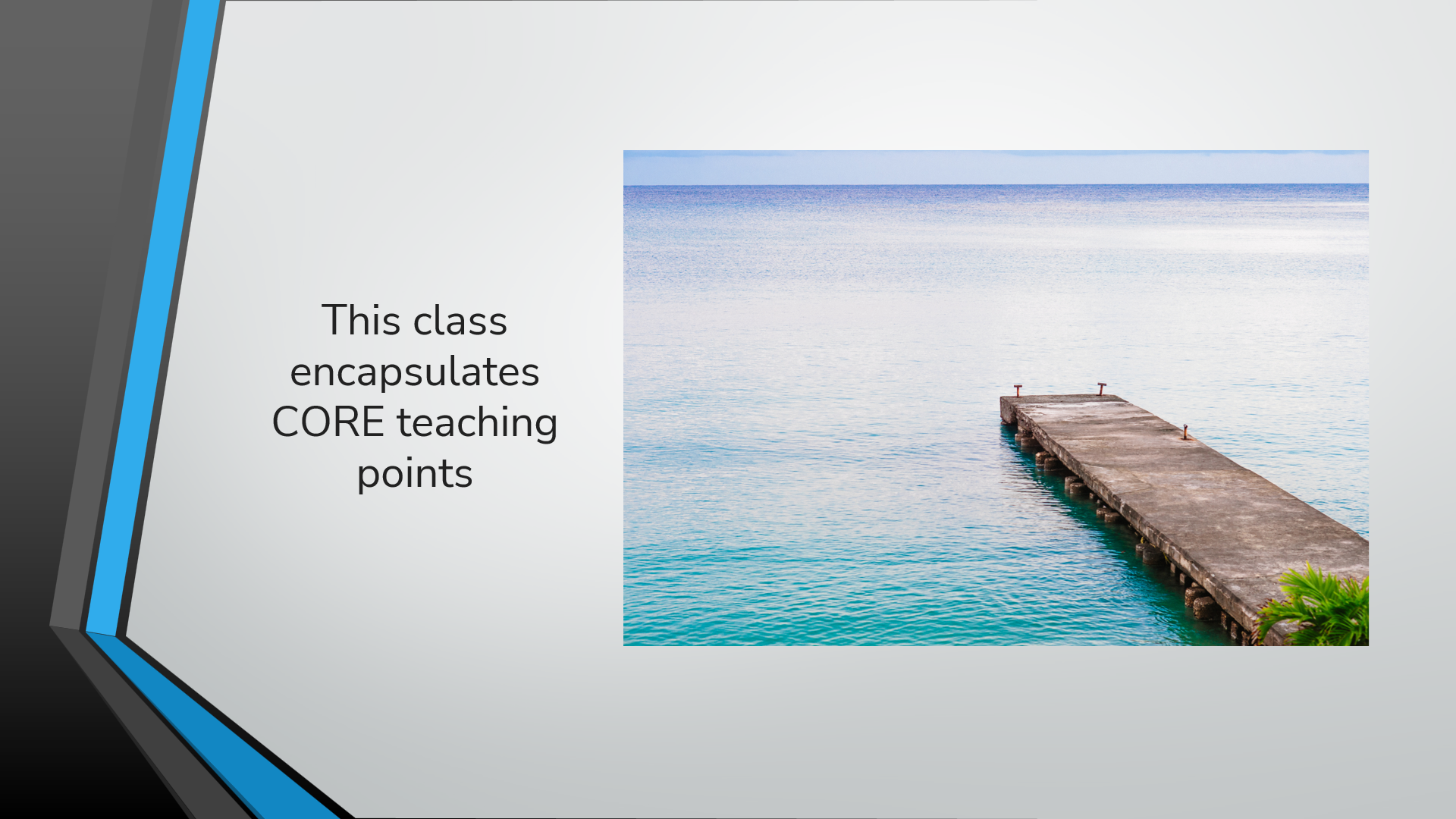
And the class content was so revolutionary that I decided to make a blog post about it.
One teaching point in the program is learning a technique that I developed called “kind voice” and this was the second class going into deeper explanations about the technique.
For a short description that overviews what the technique is, I would say that you practice self-compassion and talk to yourself as if you are your own best friend, and the brain health coach learns to coach the client in doing this together in a session.
This class was on the 3 Levels of Kind Voice:

And I needed to explain a bit more to students about what adjustments we are aiming to happen (in the client’s brain) when we practice kind voice, so they could understand how to modify the technique between the 3 levels.
What we are doing with Kind Voice Technique is helping restore the brain to its evolutionary birthright of successful coregulation and a strong wizard brain (prefrontal cortex) which in general is referred to as “secure attachment”.
The class went into some fundamental “glitches” that happen in adults when they are upset about something (which the upset can usually be labeled as some kind of “relationship rupture” using attachment lingo).
(Get ready for the complication level to explode in this blog post.)
In order for students to understand what we are doing I needed to bring in some information about the 7th and 8th Levels (“Domains”).**
**We are technically going to be learning about the 9 Levels of Neural Integration next semester. (Starting in February I will be teaching a second Professional Certificate in Brain Health on the 9 Levels of Neural Integration. Click here to learn more.) Yet this class brought in some teaching on the two levels so that I could explain kind voice.
To start, the 8th Level is the highest level and the hardest function for the brain to achieve – it is called Time Integration. It is the brain being able to make sense of the passing of time and hold states of uncertainty (called here the pain of living) while also being in certainty.
[Side comment: There is a “9th Level” after the 8th Level but it it is about integrating all 8 Levels more deeply and fully, so the 8th is the last unique skill to understand and better integrate.]
Here is a slide from the class on the 8th Level:
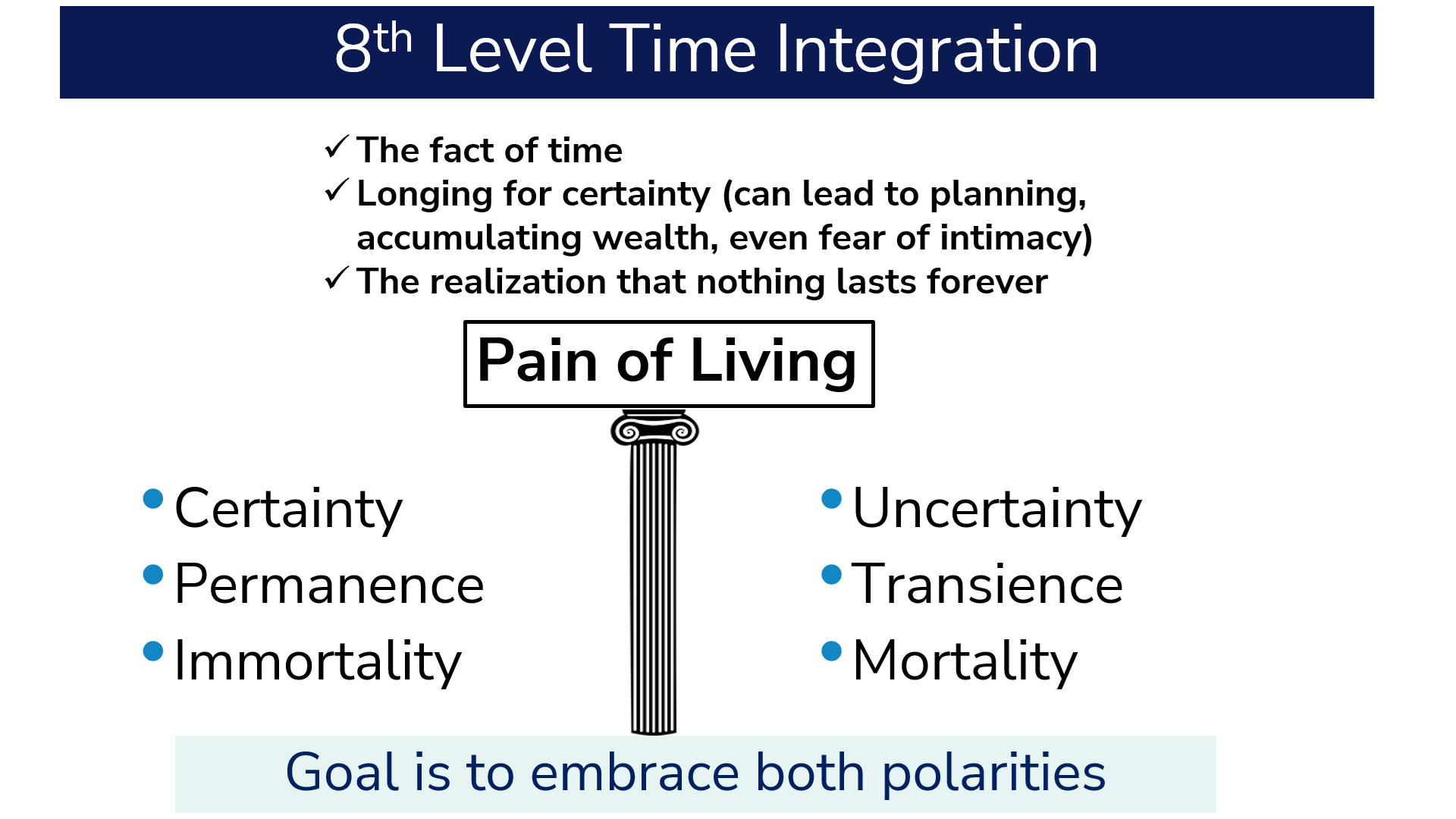
When an upsetting rupture happens (referred to here as the “pain of living,”) it requires the skill of the 8th Level which is to make sense of the loss and to move forward purposefully in life. Loss examples are when a beloved pet dies, or a friend disappears suddenly, or a job or career.
When there isn’t good “integration” in the thinking—to integrate means to differentiate (separate) and link with the goldilocks “just right” amount of each one—then rigidity and/or chaos result when trying to process this loss.
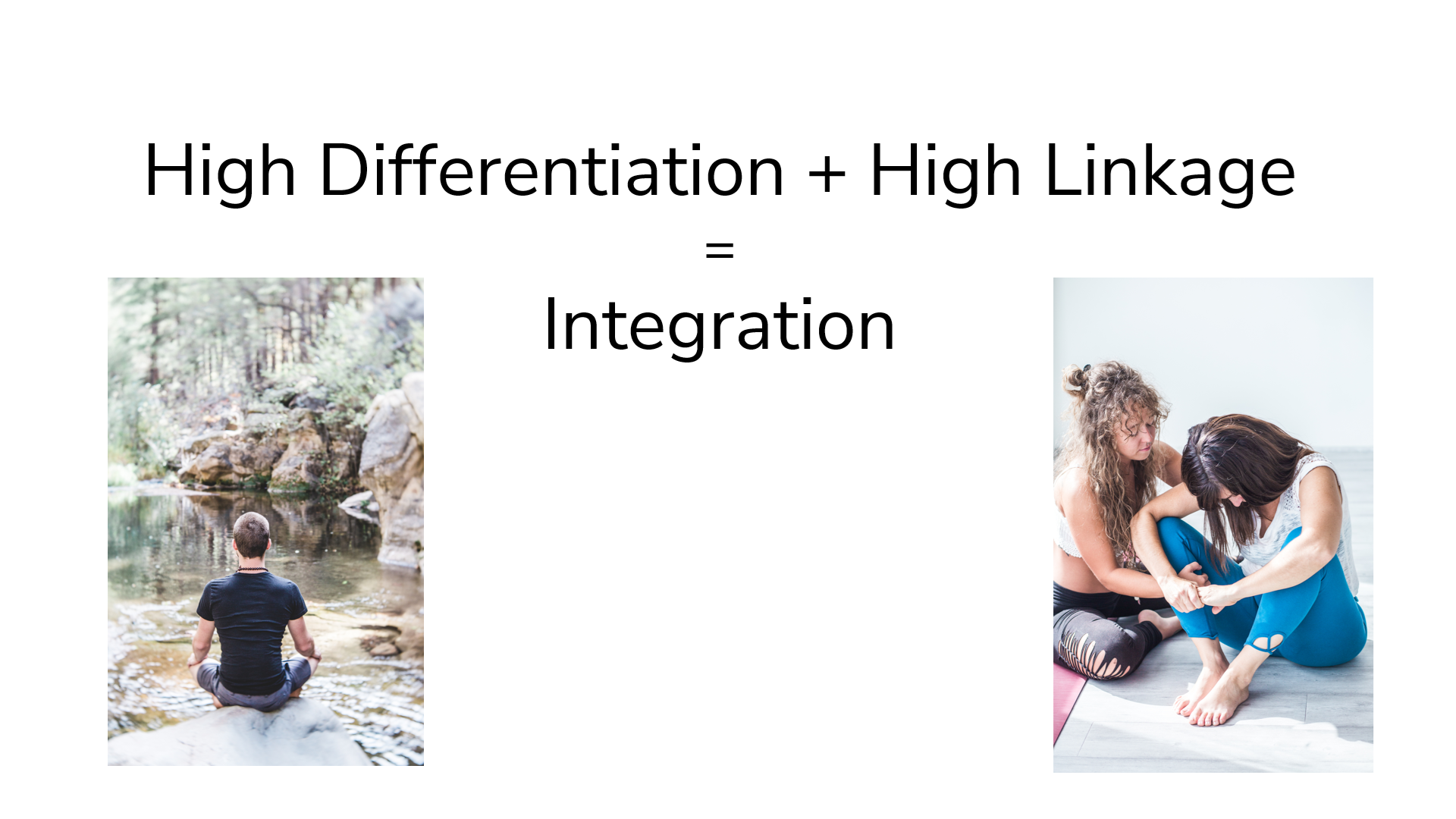
The 8th Level is all about how there’s a part of our brain that doesn’t want to acknowledge uncertainty, that doesn’t want us to die, (that’s one reason why when we blink we don’t “see” the blink, we just register one stream of seeing).
When that function isn’t integrated with the other function—which is where our wizard brain is capable of mental time travel and morality and we know that we will die one day—then we call that a “lack of integration” in the 8th Level.
What this means is that we are unable to differentiate from the part of our brain that wants everything to remain the same (that certainty column) and is afraid of uncertainty. (Super nerd moment: sometimes the pain of living can be thought of more specifically as existential aloneness and death anxiety.) And we are unable to link into that uncertainty column. That would represent the 8th level being unintegrated or lacking enough integration.
So the rest of this blog post will be the main point that I was wanting to communicate here but I had to take some time to outline some concepts.
When there are deficits at the level below (the levels are progressive,) so in this instance a deficit in integrating at the 7th level, then there are deficits at the 8th level.
What this translates into is when you are sad about the relationship rupture of your job, losing your income, your coworkers, and your identity that came with that job (yes every loss contains many losses in it, many “relationship ruptures” in it,) your ability to successfully navigate that pain of living and make meaning and move on will relate to your story about rupture from childhood, (which is called your attachment style, called "Child Brain" in the below slide).
This is different than your attachment process which is the part of your brain that relationship ruptures and relationship repairs every day, (called “Adult Brain” in the below slide).
The 7th Level is about achieving a secure attachment, it means the capacity to have your own identity while also being in caring relationships with others:
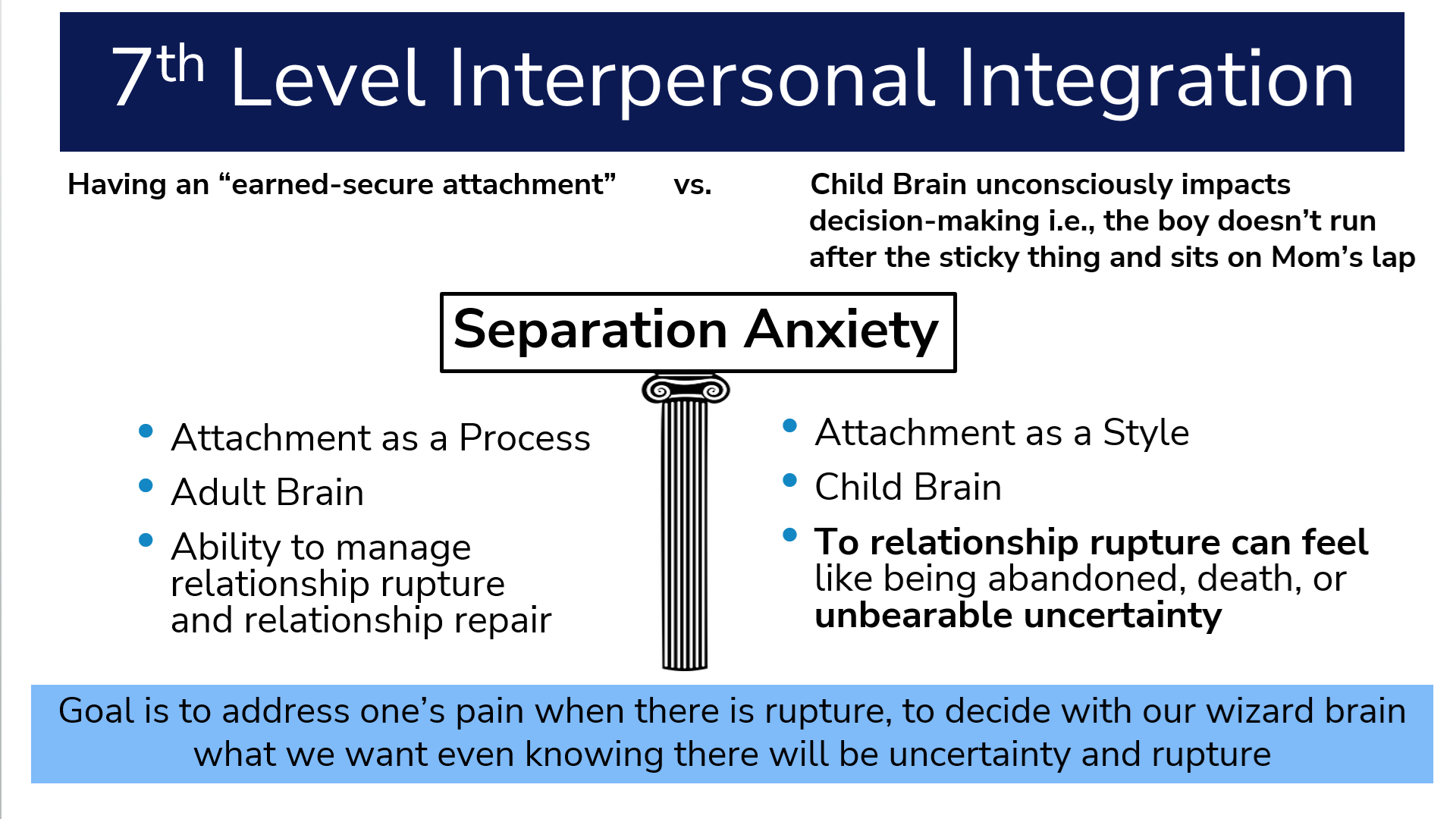
What will happen around a loss is the brain’s synaptic shadows will superimpose it’s story of separation anxiety and insecure attachment from childhood onto the relationship rupture that’s happening in present-day time.
In summary, like a hall of mirrors, separation anxiety and the pain of living get mixed up because they haven’t been differentiated and linked (integrated) optimally.

It starts in childhood...

"Child Brain" is a nickname for our attachment style -- Attachment is "an internal working model of security" we developed growing up from our primary caregivers

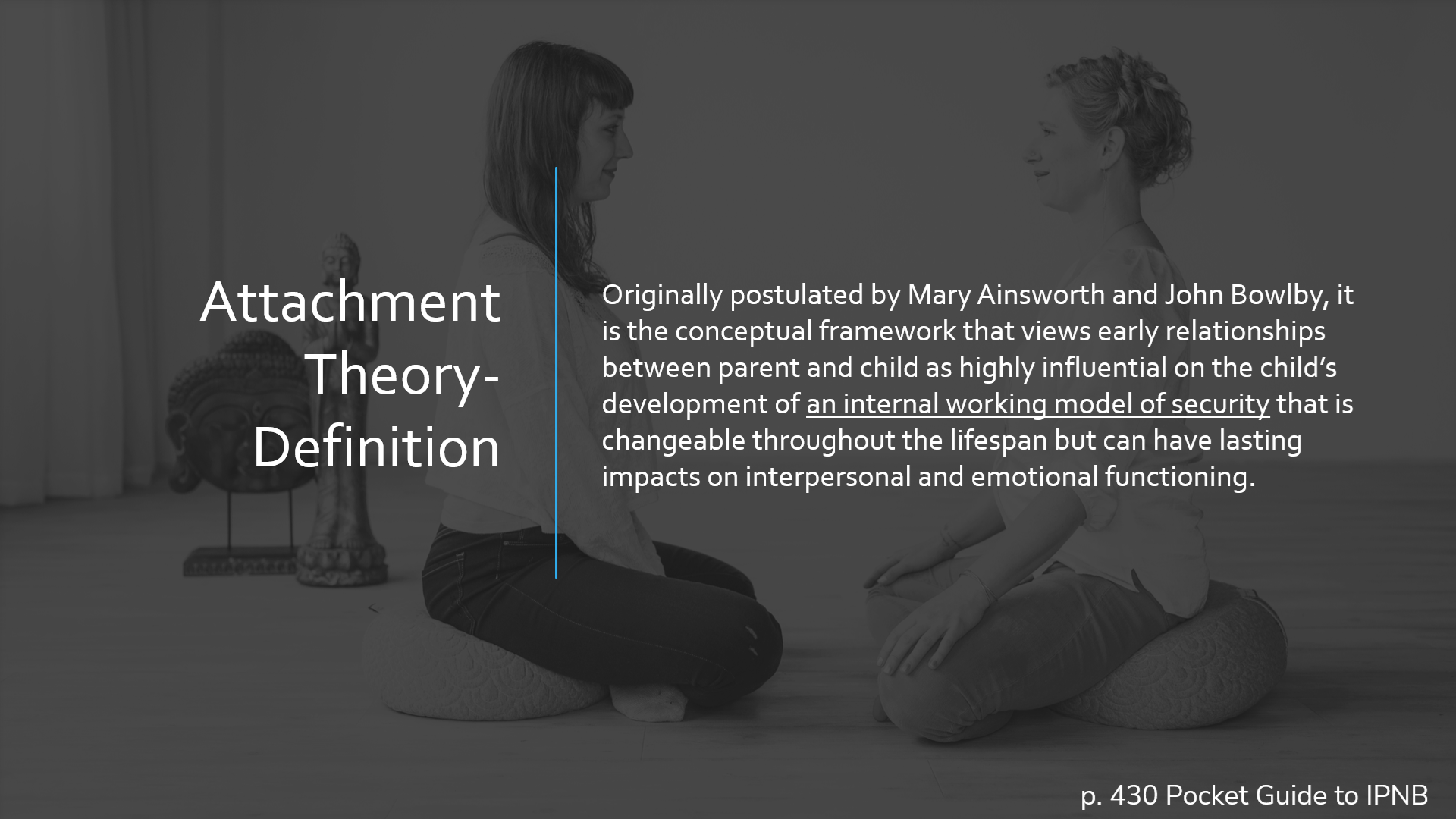
Then we continue to manage relationship rupture and repair throughout our lives:

This is the part of us that is attaching throughout our lifespan, called Attachment as a Process and "Adult Brain":

It's normal for our awareness to go back and forth between these two and integrating at the 7th Level means growing an awareness of the Adult Brain and the Child Brain.

The content is too much to explain in a blog post but the general idea is that when we do Kind Voice Technique with clients it is helping differentiate and link between the 7th and 8th Levels. (For anyone who does Mindful Self-Compassion, this would also apply to those techniques.)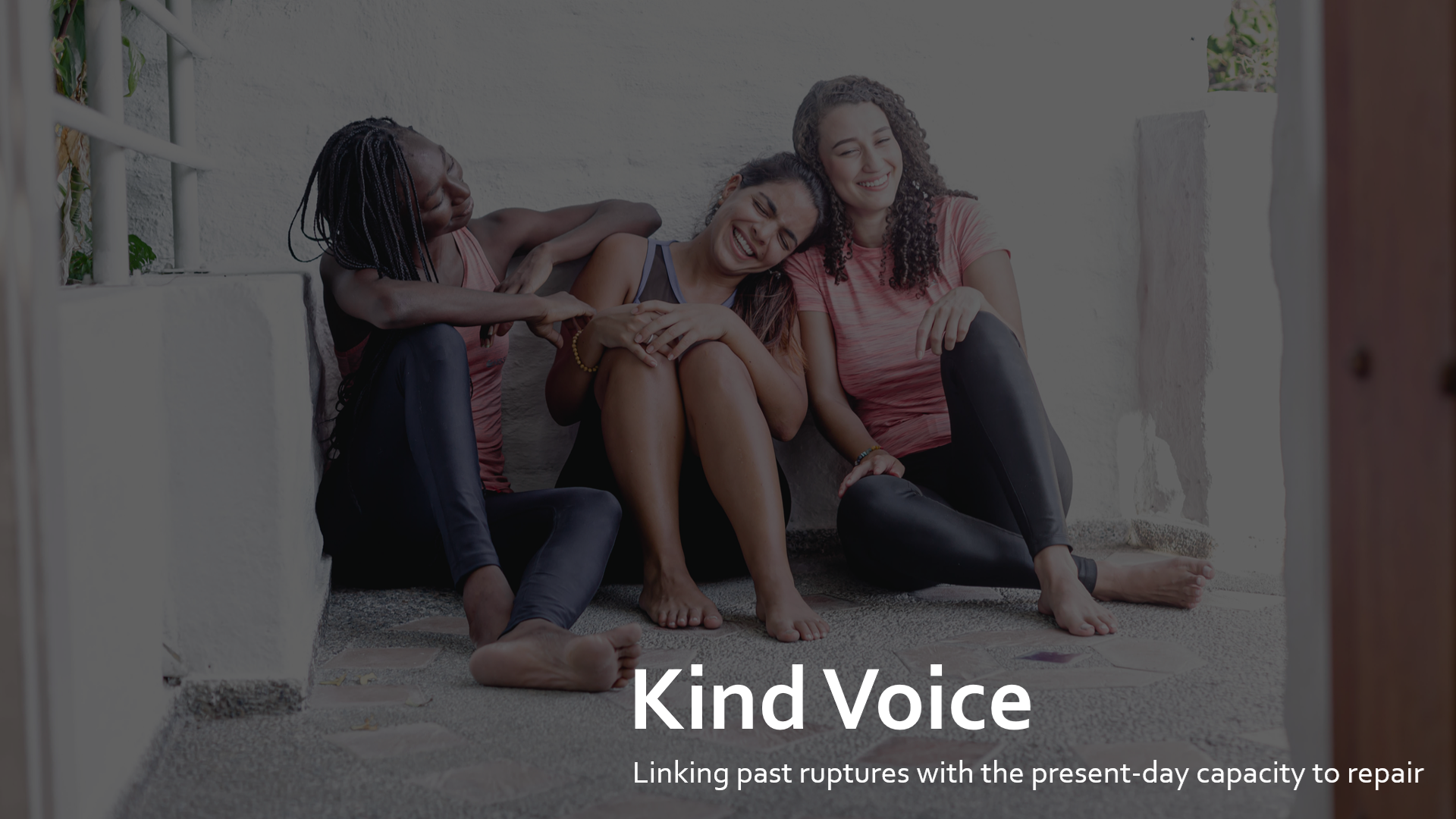
I’ve included slides from the class but the main purpose of this blog post is to attempt to outline a core tenant of my Professional Certificate in Brain Health, which fascinates me the most about our brains: How the social circuitry is crucial to wiring up the brain correctly (and how Kind Voice Technique aims to get at these underlying tenets of brain health) to improve your overall well-being.

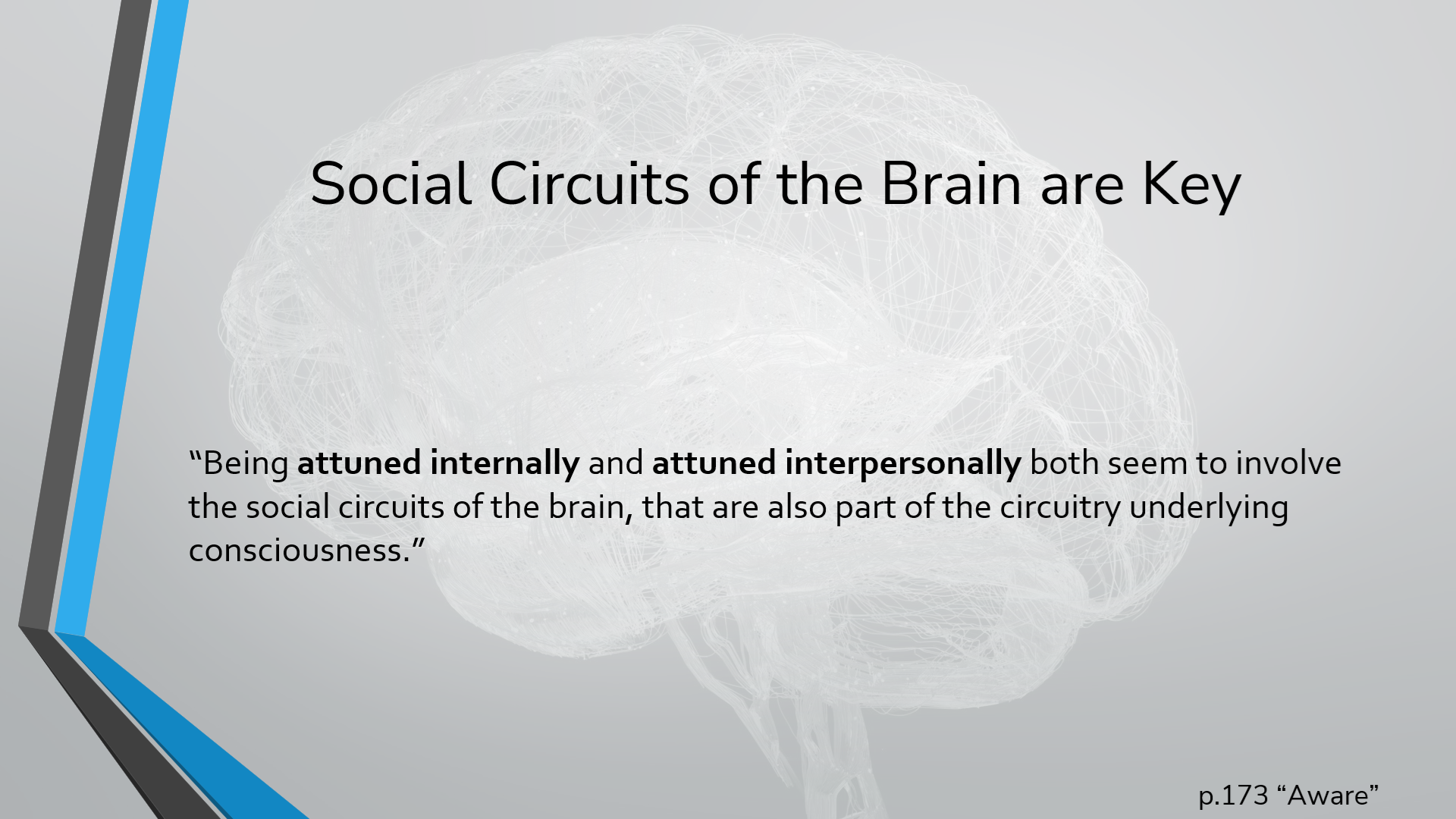

Below is the "Kind Voice Technique" flashcard which summarizes what this blog post discusses in greater detail. (NOTE: I do have a 6+ hour workshop "Kind Voice: The Extended Version" if you want to learn about the technique and the science explained in this blog post.)
Front Side of Flashcard

Back Side of Flashcard:

(Want to learn more about the flashcards? See my newer blog post on them here. )
-------
In conclusion, I’ll paste what is in the video description for this class #6 of 12 of the 9 Wizard Skills Program:
AN OVERVIEW OF THE CLASS
Heidi will explain the 3 levels of kind voice, what kind voice is and why we do it, and many other concepts you’ll want to know to be an effective brain health expert– there is a lot on attachment, what it is and what to do when you want to help improve your own and your client’s attachment style.
This Module 3 class could be titled “Everything essential you need to know about interpersonal neurobiology, self-compassion research, the science on shame and attachment, and how to help integrate trauma / big relationship rupture.”
(And this class is included as part of the Kind Voice: The Extended Version" Workshop.)
---------------------------------------------------------------
And now I'll finish this blog post stating that I couldn’t be more pleased with the first cohort in our brain health program this semester. One student wrote “The lessons are so interesting and inspiring to learn! I look forward to the next session on Thursday." LS
------> Are you interested in learning more about how you can join our Center's Professional Certificate in Brain Health? Enrollment is open for our 9 Levels program with no prerequisites needed, click here to learn more (Feb 2025 through May 2025) with limited spots in the first year cohort.


